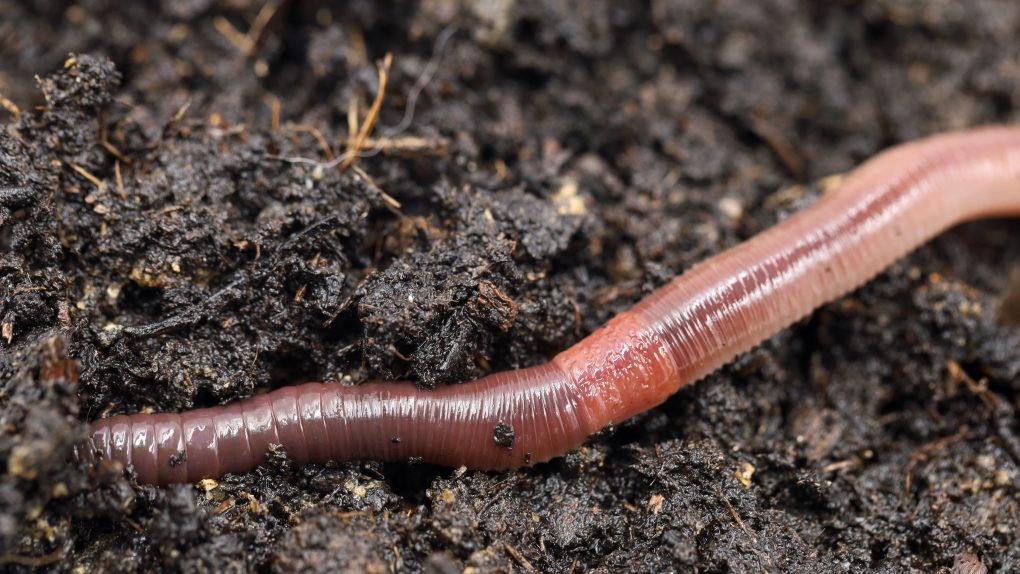Worms are interesting creatures. Some worms can even regrow their brains if needed. But, an invasive jumping worm has started appearing in more than a dozen states throughout the Midwest. The worms are originally from eastern Asia, and they’ve spread across 15 states so far, according to reports from the Smithsonian Magazine.
But why are these worms making headlines? Well, because this invasive type of worm grows extremely fast and devours various organic matter at a rapid pace. So rapid, in fact, that Cornell University says they’re able to strip forests of critical layers that seedlings and wildflowers need to grow.
These invasive jumping worms are becoming an issue

One of the most concerning points of these worms is that it only takes a single jumping worm to start an infestation. That’s because the worms are able to reproduce without a mate. It’s this ability to infest areas without large groups that make these invasive jumping worms so terrifying to the local environment.
They’re usually found in woods, parks, or compost piles, but can also be found in backyards, too. Cornell University says that the works can grow up to 6 inches long, and they grow really fast. Additionally, they can cause a lot of damage to native plants in the area. This can then lead to declines in animals like birds leaving the area, too.
Further, they can help spread invasive plant species by creating disturbances in the soil. These disturbances make it impossible for non-invasive species of plants and fungi to grow.
Pushing out other worms
One main concern about the spread of invasive jumping worms is that they’re able to out-compete other worm populations. Their cocoons are also extremely hard to see. This makes it easy for them to hide them on yard equipment, potted plants, tire treads, or even shoes. Cornell says that if the ground appears to be grainy and similar in touch to coffee grounds, then an infestation is possible.
The university also says that you should be able to see the worms thrashing around when scratching the top layer of soil. Unfortunately, there’s no widespread or effective way to prevent the spread of invasive jumping worms. As such, Cornell recommends avoiding using them for bait or gardening.
Instead, the university recommends handpicking and destroying any small populations of the invasive jumping worms if you find any. You can destroy them by putting them in a bag and leaving it out in the sun for 10 minutes or more. Afterward, be sure to dispose of the bag in the trash.
You can spot these worms easily by looking for longer earthworms with a white strip encircling their body. They also tend to thrash and snap whenever their body is touched. That’s why they’ve become known as jumping worms.








